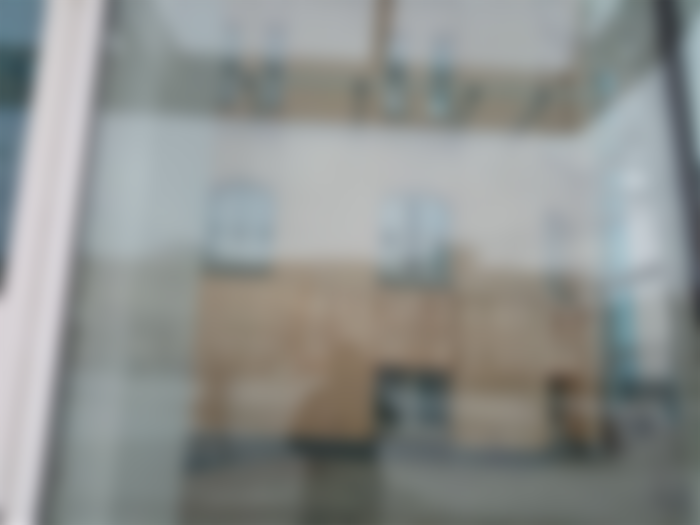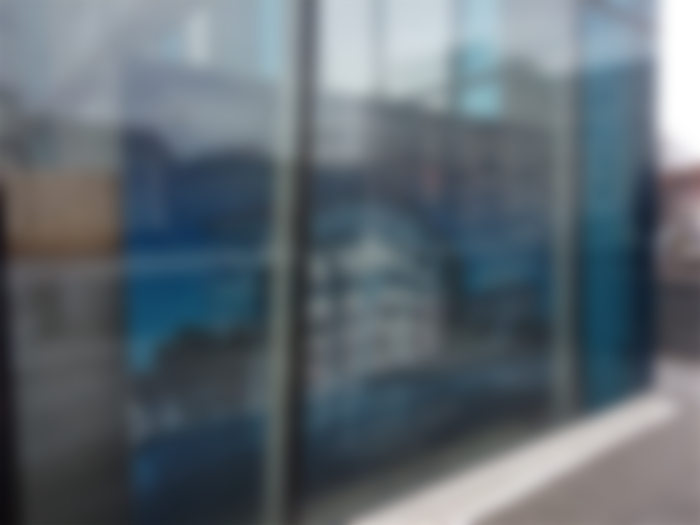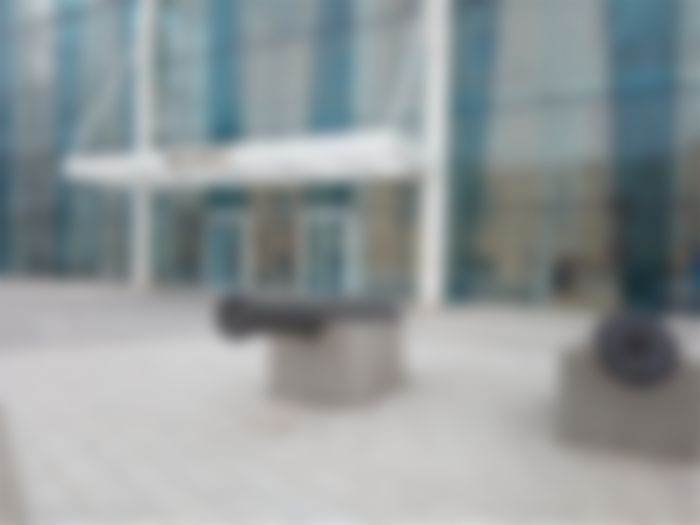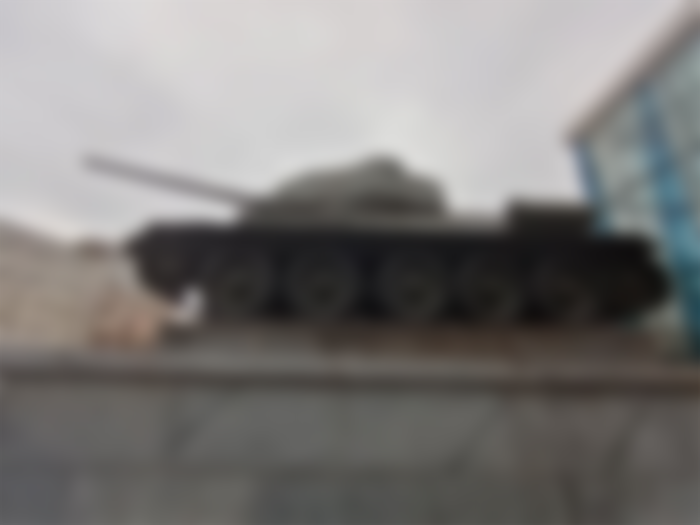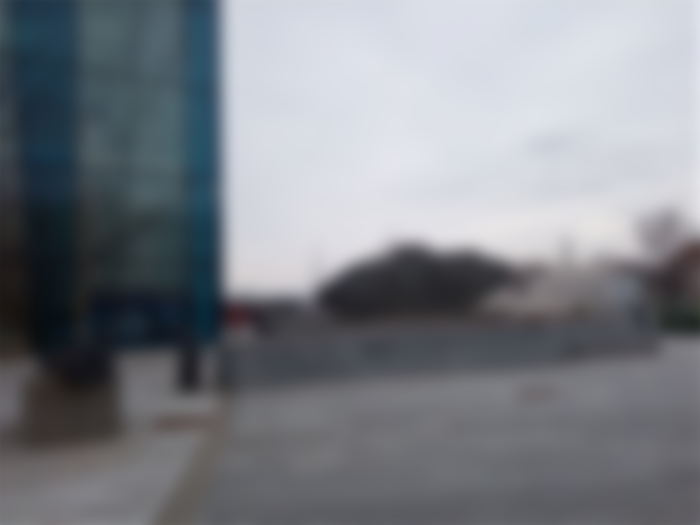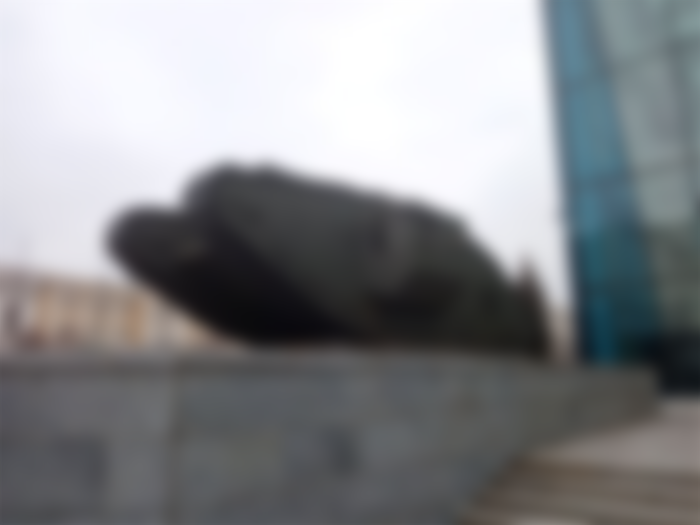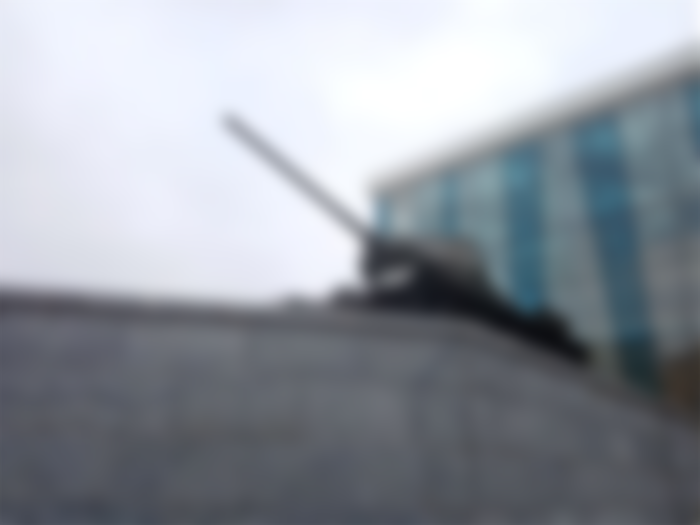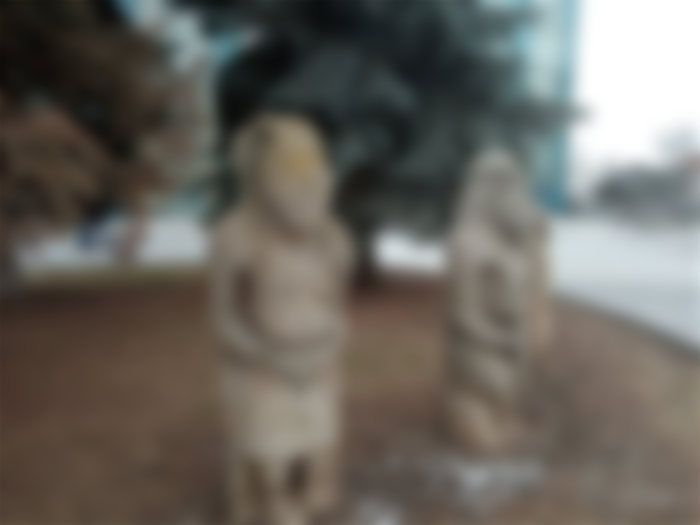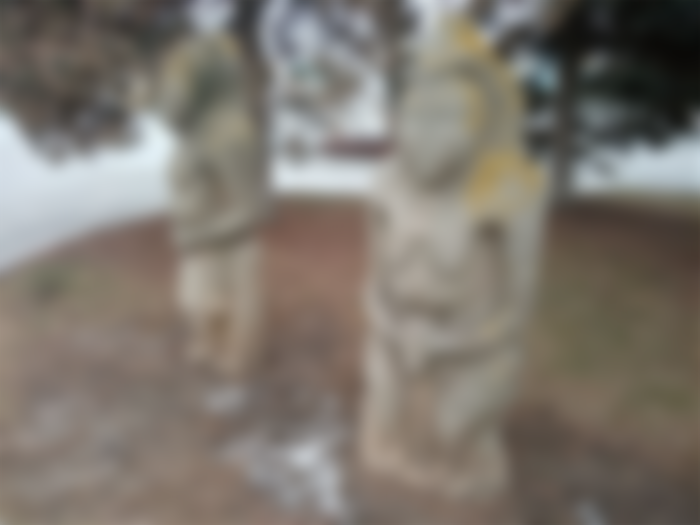This beautiful structure right here is the infamous Sumstov Kharkiv Historical Museum, or more simply known as Historical Museum or Istorychni Muzei to the locals. It is a building with some of the most awesome collections and is a magnificent piece of history with many glories.
The museum sits right in the heart of the city. The area's metro station is also named after it. The surroundings have been renovated recently to match its excellence. New flooring, new design, everything elegant and timeless.

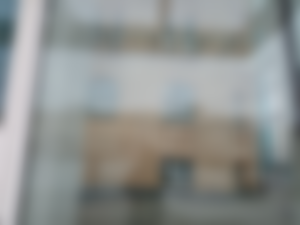
The original and main structure is shielded and protected behind this glass facade. If you peek through the glass you can see the orangish building, the original museum. It is safe to say that the museum itself is part of the collection. On the outside, there are posters with some information about the museum. There also is a convenient map of the museum pointing to the entrance.
There is much to enjoy on the inside of the museum just as much as there is on the outside. The glass facade has a mesmerizing feel and it is impossible not to look at it with awe as you pass by.
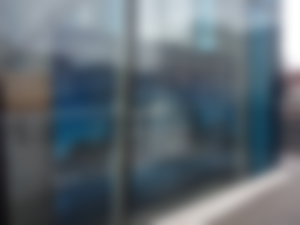
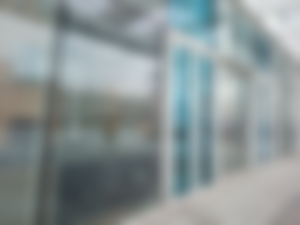
Part of the building is left exposed. It is not the original structure from 1920. It is an extension that was later built. I still do not understand why it is not protected with a glass facade. Maybe there is some sense to it, but I do not know.
The poster outside mentioned that the collection for the museum had started somewhere in the early 1800s. The museum was officially founded much later in the year 1920. A lot of relics are here. Considering Kharkiv was the capital of the soviets, I can see how so many things of so much importance have been accumulated here from the earlier days.
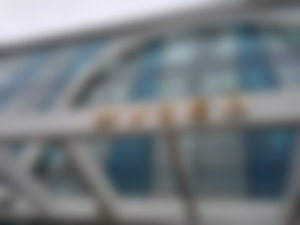
In a very soviet-ish fashion, the outside of the museum is lined with incredible war relics. Tankers and cannons and artillery. The cannons right by the gate are also a favorite pass time fore children who ride them like horses. No one says anything. On the weekends it is very normal to see people fiddle with these things.
I have never gotten any info on these old weapons of war, but I am inclining towards believing that these were used by the Soviets and communities before the late soviets. Each of these relics are placed in various podiums of varying heights. It adds so much depth and gravity to them.
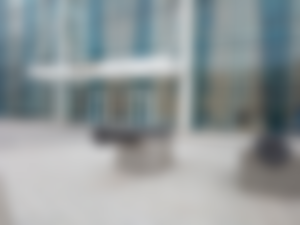
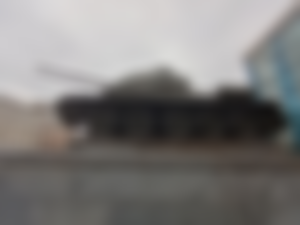
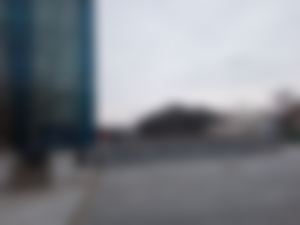
This artillery (or maybe cannons, I have no idea of weapons) is placed to the side of the museum. You walk past them and find the entrance to the museum. This whole section of the museum is exposed and not covered by the glass facade.
These guns face my favorite restaurant in town. Often when I am sipping on a drink or having a bite, I watch the museum and the surroundings with a lot of interest. The museum has one of the biggest collections of ethnography in the entire Russian empire.
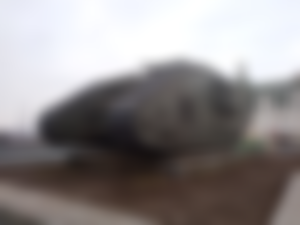
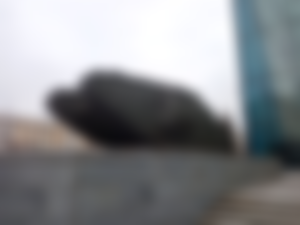
Ethnography, archeology, culture, and even religious cults, the historical museum holds a lot of relics from the past. This museum is often the sole reason that we still have relics from many ages, which would otherwise be lost. Or so I was told.
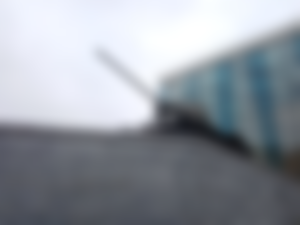

Considering the reputation M.F. Sumtsov had, it is easy to understand why the museum was named after him. He was an expert at his field and also became the director of the museum. Sicne Kharkiv was the capital of the Soviet Union, not only did they receive and collect local stuff, but also relics from all over the union.
The other side of the museum is much more peaceful. No weapons of war on this side. Instead, there are these idol-like figures. 4 of them placed in receding height order. When you walk up to the museum, on one side you will the weapons, and on the other, you will see these figures.
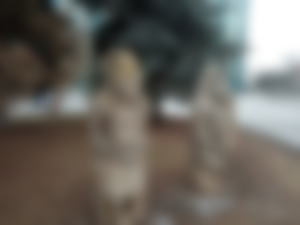
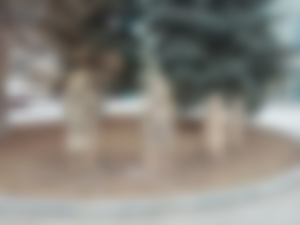

If you find a connection or resemblance with the sculptures, you can assume their position under a tree on these benches. At night when the lights go on, the museum looks so beautiful. The blue color of the glass facade fills the place up. Too bad the museum is closed for visitation in the evening. Otherwise, you can enjoy the museum for just about a dollar.

